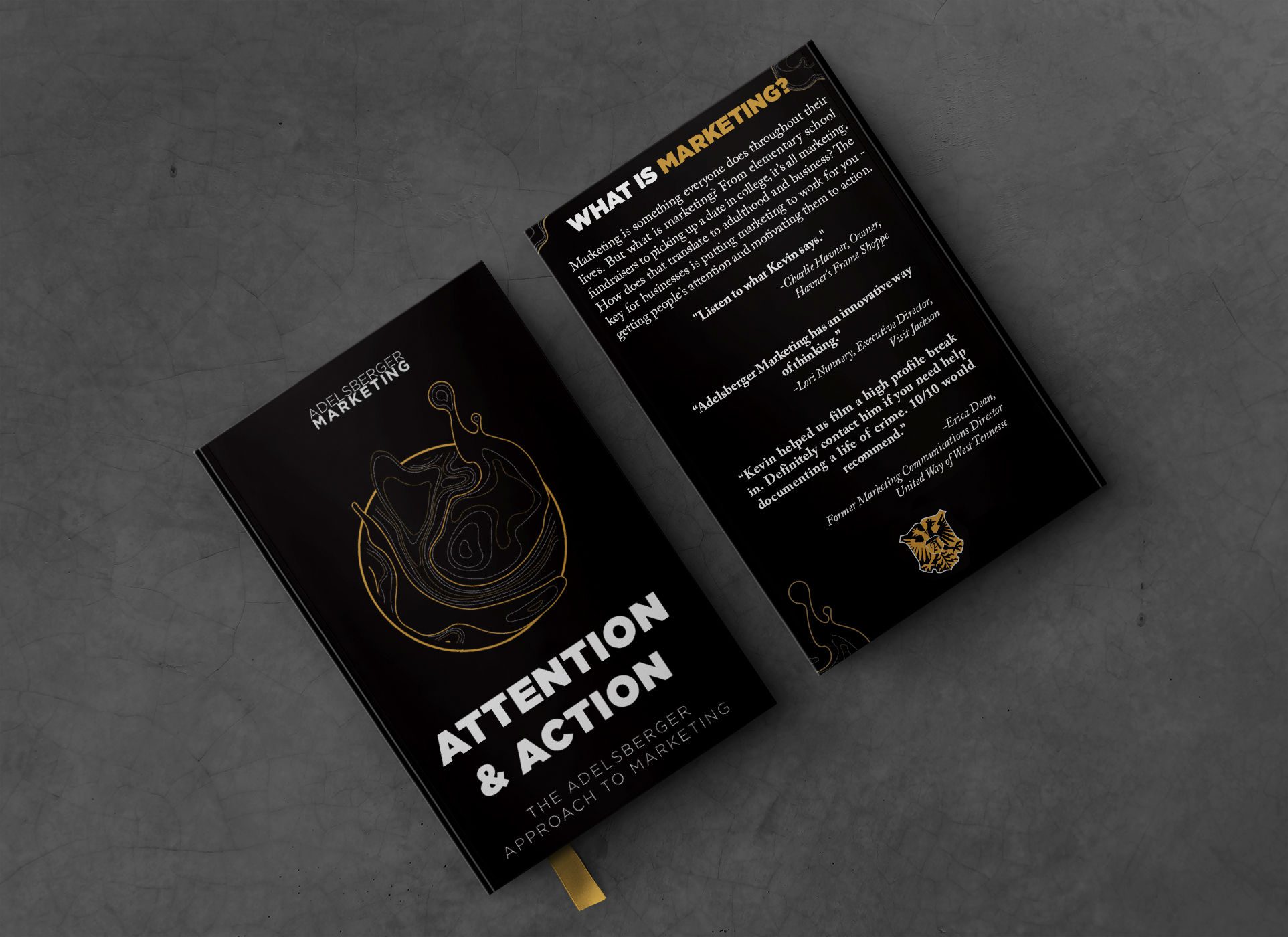Who are you? Mission/Vision Purpose
One of my favorite jokes from the TV show Scrubs involves a character described as “Johnny the tackling Alzheimer’s patient.” (https://www.youtube.com/watch?v=3kx7tgkJbjo) Johnny yells, “Who am I?!?” as he tackles the protagonist, JD. Many businesses act the same way. They have done enough to start making sales, or tackling, but they are not sure who they are, which makes it difficult to grow beyond their base. When you do not understand who you are, you will waste time chasing ideas that do not fit with you rather than investing in the things that will make your company great.
When you consider who you are as businesses, you need to get beyond the desire to make money and get into why you do what you do. Some businesses only want to make money, but they need to develop a self identity beyond that goal to build relationships with customers.
At Adelsberger Marketing, we like to request the mission or vision statements from our clients. The clients who have one shows they are thinking about both the big picture and how to become the best organization that they can.
A good mission statement states what the end goal of the organization is. A good mission statement contains four key elements:
- Concise – A good mission statement is not a paragraph long. It’s one – maybe two – sentences. The more concise you can make it, the more effective it will be. Concentrate on your core purpose, not a strategy or a set of tactics. Strategy is a level of planning that affects things like where you place your ads. Tactics are more granular such as using certain dimensions on video exports to maximize value for each social channel. In World War II, the Allies’ mission was to defeat the Axis powers. The strategy was to invade Europe from North and South and the tactics involved things like storming the beaches of Normandy. Mission statements must stay above the frame of strategy and tactics.
- Memorable- Memorability is important because it allows the mission to sink into the language of the team and affect their judgement. A good, memorable mission statement, consistently preached by leadership can help infect a team with that mission.
- Timeless- Occasionally you will come across a mission statement that mentions specific methods for completing your mission. This is a common error. Look at the World War II example again: strategies and tactics change over time. (The obvious exception of this would be a mission statement that was for an organization that was time sensitive or limited in scope like an election campaign.) Methods, strategies, and tactics change. If your organization survives for any period of time, you do not want to rebuild your mission statement every few years.
- Focusing- Organizations are presented with a variety of opportunities. It can be difficult to sort these choices out. A solid mission statement can help an organization evaluate and find all the good ideas that come to it. When considering new opportunities or plans, look back to the mission statement and ask: “Does this opportunity fit with the mission statement? Does it prevent us from doing the things that are already helping us accomplish this mission?”
These are a few mission statements that I have helped write. I feel like they satisfy the above qualities:
-Our Jackson Home: To tell the stories of the people and the city that we all love.
-STAR Center: To help any person, with any disability, to realize their potential.
-Adelsberger Marketing: To make creative work that grows our clients’ businesses, in a culture that values our team and community.
Vision statements are slightly different. Vision statements look ahead to what the world would look like if the organization is able to complete its mission. These are generally less important to an organization than a mission statement. It doesn’t hurt to have both, but if you only have time for one, go with the mission statement. We recently helped write this visit statement for Madison County CASA (Court Appointed Special Advocates):
-We provide a volunteer voice for all abused and neglected children in the West Tennessee Juvenile Court System.
This blog post is a portion of Attention and Action. The book walks you through the marketing process that Adelsberger Marketing follows with its clients. You can read this book for free as a blog on the Adelsberger Marketing website or purchase on Amazon.com.

